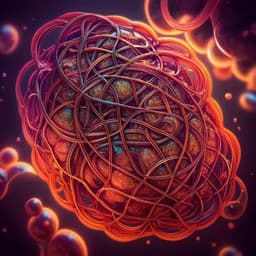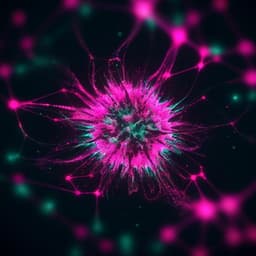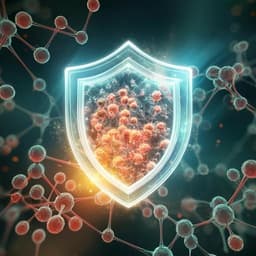
Medicine and Health
Alkaline pH Promotes NADPH Oxidase-Independent Neutrophil Extracellular Trap Formation: A Matter of Mitochondrial Reactive Oxygen Species Generation and Citrullination and Cleavage of Histone
C. N. D. Souza, L. C. D. Breda, et al.
This study reveals a fascinating connection between pH levels and the formation of NOX-independent neutrophil extracellular traps (NETs). Conducted by Cristiane Naffah de Souza and colleagues, the research uncovers how alkaline pH enhances NET formation through increased calcium influx and mitochondrial reactive oxygen species. The implications for understanding sterile inflammation could lead to new therapeutic approaches.
~3 min • Beginner • English
Related Publications
Explore these studies to deepen your understanding of the subject.







